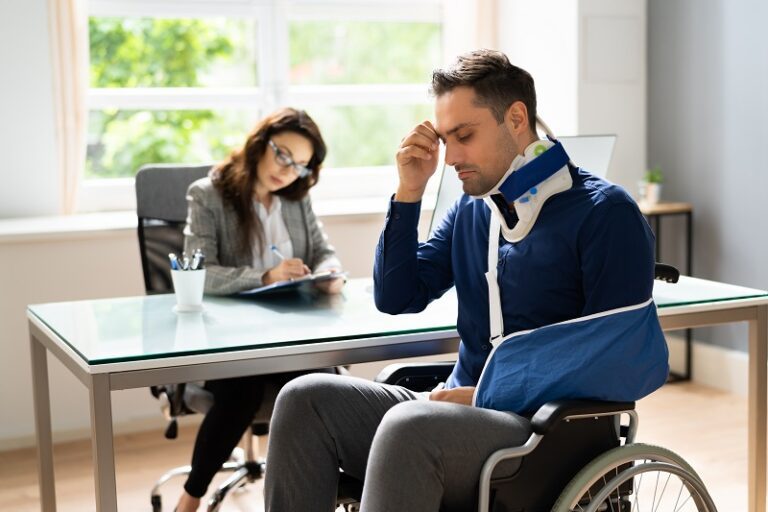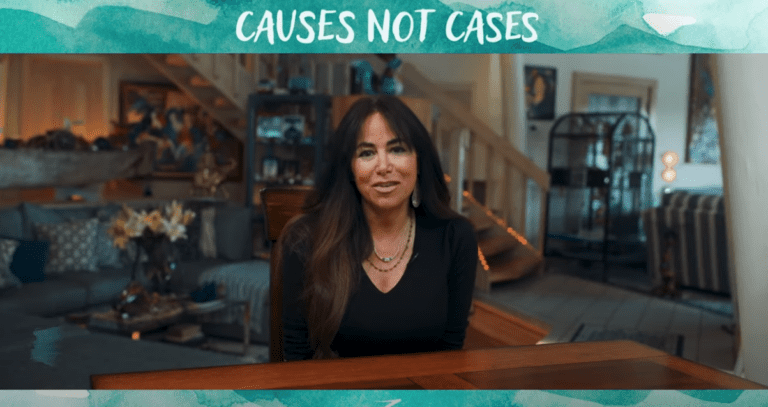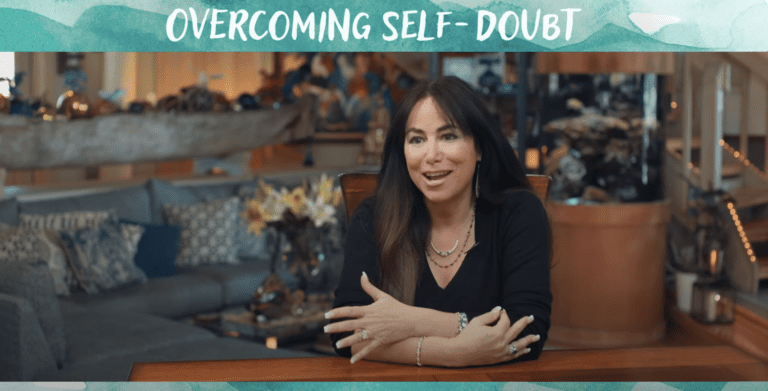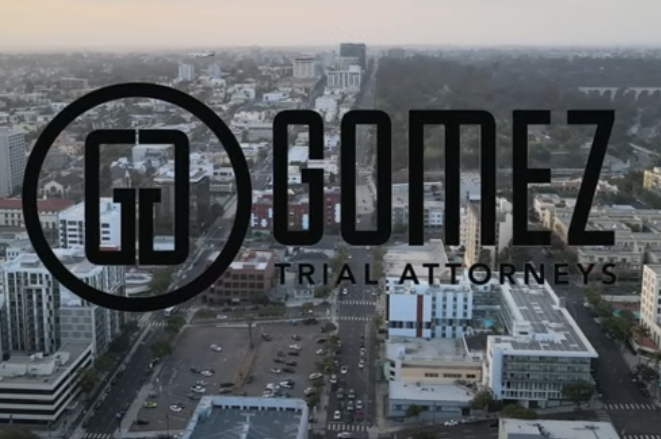Broadside (also known as angular or T-bone) collisions involve the front of one vehicle colliding with the side of another. They constitute some of the most dangerous types of car accidents on California roads, particularly for occupants of the vehicle hit on its side who have little in the way of protection from the impact of the collision. Often, just a car-frame’s width of metal separates them from the other vehicle.
We have seen the devastation broadside collisions can inflict on drivers, passengers, and their loved ones. To help educate the public about the dangers of broadside collisions, in this blog we explore the question of where broadside collisions most often happen. We hope that readers of this blog will absorb the information presented and put it to use in avoiding these devastating accidents. [For reference, we have drawn many of the facts and observations below come from the information and research from the Federal Highway Safety Administration’s (FHSA)]. If you would like to know more about how the Gomez Trial Attorneys can help you then contact us and speak with a skilled auto accident attorney now.
The Unique Dangers of Intersections
Most often, broadside collisions happen when vehicles cross each other’s paths at right angles. Hence the term T-bone collision: the end of one vehicle collides with the side of the other to form the shape of a T.
Lanes of traffic cross at right angles at intersections. That is where the vast majority of broadside collisions occur. Believe it or not, on the whole intersections represent the single most dangerous feature on American roads. They put every class of vehicle and category of road user, from drivers to riders to pedestrians, at risk. What makes intersections so dangerous?
1. They Are Unavoidable Points of Conflict
Road engineers refer to intersections as points of conflict. They are places where the opposing intentions and needs of road users meet. Picture a typical four-way intersection in your mind and start counting the number of conflicts among cars, trucks, cyclists, and pedestrians at any given moment, and you’ll quickly realize why engineers commit so much brain power to study intersections to make them safer.
Broadside collisions are the most common type of vehicle-on-vehicle accident at U.S. intersections, and contribute disproportionately to the number of traffic fatalities and injuries that occur there. Roughly one quarter of fatalities and half of injuries in traffic accidents tied to intersections result from broadside collisions, according to FHSA data.
2. They Must Be Designed and Maintained Appropriately
For the most part, the flow of traffic and pedestrians through an intersection is managed by stop signs or traffic lights. One challenge in designing and maintaining an intersection is to ensure the safest sign or signal controls traffic not just when the intersection is first constructed, but also into the future. There are dozens of factors to consider, such as:
- The volume of traffic at an intersection, and whether it is steady or variable;
- The location of the intersection in relation to population centers;
- The need for the intersection to accommodate foot and bicycle traffic;
- The number of roads that intersect and the volume of traffic each road handles;
- The most likely actions drivers will take at the intersection (direction of turns, etc.);
- The physical features of the intersection and its surroundings and how they affect the visibility of traffic control signals;
- The cost and ease of maintenance of traffic control signals; and
- Anticipated changes in the use profile of the intersection.
In other words, designing a safe intersection is no easy task, and its safety level can change. Population concentrations change. Vegetation grows. Road surfaces and control signals deteriorate. With every change in the features and use of an intersection, the potential safety risks of the intersection also evolve. Unfortunately, it often takes several deadly broadside collisions at an intersection to call planners’ and engineers’ attention to an intersection’s safety deficits.
3. They Can Only Reduce, Not Eliminate, Human Error
Intersections are not dangerous on their own. They become dangerous when you add the unpredictable element of human decision-making. In designing intersections, civil engineers aim to make the intersection as least-prone to human error as possible. But engineers cannot change the abilities of drivers, cyclists, and pedestrians to evaluate their own safety at an intersection. That human factor will always inject danger into intersections.
The typical, busy intersection presents motorists, cyclists, and pedestrians with a complex and dynamic set of mental and visual challenges. To navigate an intersection safely, each individual behind the wheel of a car, on the seat of a bike, or on foot, needs to:
- Know where they intend to go after traversing the intersection;
- See and respond to signs, signals, lane markings, and other vehicles and pedestrians entering, crossing, or leaving the intersection; and
- Decide when and how it is safe and permitted to traverse the intersection.
All three of these visual and mental challenges can evolve in real time. You may think you know you want to go straight through the intersection as you approach it, only to realize when you get to the stoplight that you can reach your destination faster by turning right. You may look left and see nothing, glance up at the stoplight, and then look left once again and see a tractor trailer bearing down on the intersection at high speed. You may decide it is safe to make a right turn on a red light, only to notice there is a no turn on red sign instructing you to stay put.
To an experienced driver, it may seem like a piece of cake to absorb all of this information and make safe decisions. But not everyone is an experienced driver. And it takes missing just one of these cues, or changing your mind just a split-second too late, to put yourself in serious danger of a broadside collision. What’s more, you are not the only person navigating that particular intersection at that particular moment. Everyone driving, pedaling, or walking through it needs to perform the same tasks correctly to stay safe. If any one of them makes a mistake, a broadside collision or other traffic disaster can easily follow.
Left Turns Across Traffic Also Lead to Broadsides
Intersections are not the only locations of broadside collisions. Though less common, broadside collisions also occur anywhere drivers turn left across an oncoming lane of traffic. Think, for example, of someone sitting in the left-hand turn lane getting impatient to turn into a mall parking lot. The driver tries to zip across the lane in front of an oncoming car, but misjudges the oncoming car’s speed and distance away.
Left turns outside of intersections are dangerous for largely the same reasons that make intersections dangerous. Both the driver turning left and the driver approaching in the oncoming lane must assess a complex and fluid set of information to make the safest decision, often in just a second or two. In fact, that is the case in just about any scenario in which a car’s side becomes vulnerable to a collision with the front-end of another car. Driver error resulting from a failure in knowing, seeing, and deciding on the safest course of action leads to almost every broadside collision that occurs on California roads.
Factors Contributing to Human Error
The risk of human error directly causing a broadside collision rises at an intersection (and, it should be said, pretty much anywhere else on the road) with the presence of any of the following factors.
Low/Impaired Visibility
As we wrote above, a driver needs to see and evaluate traffic control signals and other road users to avoid a broadside collision at an intersection or elsewhere. Anything that impairs a driver’s ability to see increases the risk of an accident. In California, visual impairments are abound. Fog, smoke, sun glare, rain, snow, topography (hills and curves) and vegetation, can each make it difficult to perceive dangers on our roads. Anyone who approaches an intersection in a problematic weather condition, or at a location where they cannot see and evaluate signals and potential risks should proceed only with extreme caution.
Everyone who uses California roads has a responsibility to do what they can to minimize visual impairments. Drivers can keep their windows and windshields clean, replace wiper blades before they become ineffective, and always have a pair of sunglasses (preferably polarized) handy to combat glare. Civil engineers and local governments can take steps to locate intersections and other points of road entry and crossing to maximize sight line distances. And municipal road departments and private property owners can make sure to cut back vegetation and to remove other visual obstacles.
Speeding
California observes an easy-to-understand rule of the road when it comes to speeding: California’s Basic Speed Law means that you may never drive faster than is safe for current conditions. That means obeying speed limits in ideal driving conditions, and regulating your speed in any other condition to make sure you can stop effectively and avoid hazards.
Speeding contributes to broadside collisions in a wide variety of ways. At intersections, speeding makes it more difficult to slow down and stop as instructed by a sign or signal, to assess the locations and intentions of other drivers, cyclists, and pedestrians, and to make a sound and safe decision about when to proceed through the intersection. In other driving scenarios that pose risks of broadside collisions, speeding makes it more difficult to slow down for or react to a crossing vehicle. And across-the-board, speeding increases the violence and harm a broadside collision inflicts on drivers and passengers.
Distracted Driving
According to the California Office of Traffic Safety, “[d]istracted driving is anything that takes your eyes or mind off the road, or hands off the steering wheel—especially when texting or using your phone.” Distracted driving contributes to broadside collisions at intersections especially, because as drivers slow down at an intersection their minds can wander.
Who hasn’t been stuck at a stoplight behind a driver who has taken the opportunity to type out a quick text? That’s dangerous, because using a screen completely removes a driver from the visual, cognitive, and manual tasks associated with making safe decisions at an intersection. It is also difficult for drivers to snap back to attention on their surroundings after using a screen. What does the driver in front of you who has been texting do when you give him a courtesy tap of your horn? He accelerates quickly; often too quickly to perceive potential hazards.
Distraction isn’t only about screen use, however. Any task that takes your mind off of staying safe at an intersection or in other broadside-collision-prone driving scenarios, constitutes a potentially fatal driver distraction. That includes putting on makeup, having a conversation with a child in the back seat, or reaching to the floorboard for something that has fallen.
Impairment & Fatigue
Intoxicating substances and extreme drowsiness have equivalent effects on a driver’s ability to operate a vehicle safely. They make it virtually impossible for a driver to process information in a complex driving scenario like a busy intersection. A drunk, high, or overly tired driver at an intersection runs a high risk of causing a broadside accident.
Exercise Caution to Avoid Broadside Collisions
What can you do to reduce your risk of sustaining catastrophic injuries in a broadside accident? Knowing when to exercise extra caution is a start. Never treat intersections or other scenarios in which the side of your car is exposed to oncoming traffic as easy driving tasks. They require sharp focus and calm decision-making. Have a clear plan for where you want to go, take care to see potential hazards, and only proceed when safe. Keep your car in good condition and be prepared for weather conditions that make for challenging visibility. Finally, avoid distractions at all costs, and be aware of other drivers who can’t resist the temptation of their phone.
If you have questions about your legal options after a broadside collision, contact an experienced car accident lawyer today.
Gomez Trial Attorneys
655 West Broadway
Ste1700
San Diego, CA 92101
[619]-237-3490







